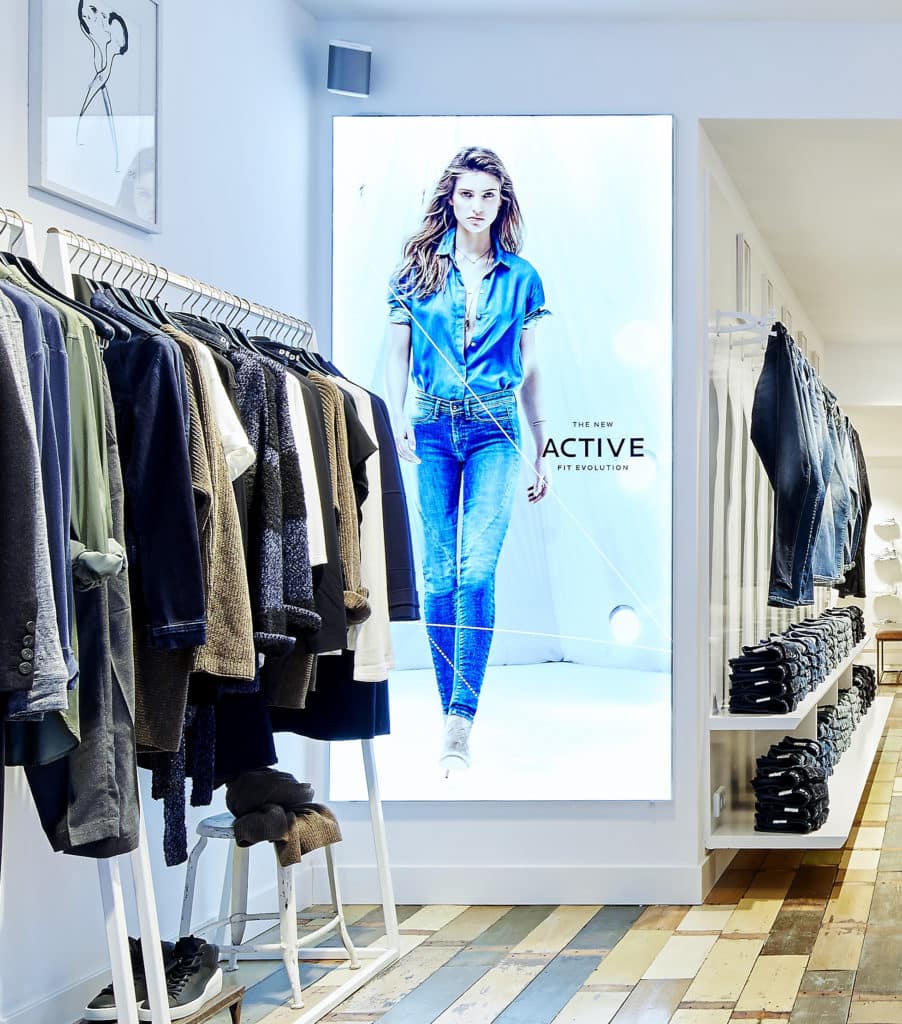In the fast-evolving landscape of lighting technology, one innovation stands out as a beacon of brilliance: the Lightbox. This revolutionary lighting solution has transformed the way we illuminate our spaces, offering not only functionality but also a touch of modern elegance. In this comprehensive exploration, we delve into the intricacies of the Lightbox, shedding light on its features, applications, and the unparalleled benefits it brings to the world of lighting.
Understanding the Lightbox:
What is a Lightbox?
A Lightbox, often referred to as a lighting box, is a cutting-edge illumination device designed to enhance ambient lighting in various environments. It consists of a translucent surface illuminated from behind by LEDs, creating a soft and even glow. The technology behind the Lightbox ensures uniform illumination, making it a versatile choice for a wide range of applications.
The Anatomy of a Lightbox:
A typical Lightbox comprises a frame, a translucent panel, and LED lighting components. The frame provides structural support, while the translucent panel is the canvas for the illumination. The LEDs, strategically placed behind the panel, emit light that permeates through the surface, resulting in a visually stunning and uniform glow.
Applications of Lightbox Technology:
1. Retail Environments:
One of the primary domains where Lightbox technology shines is in retail settings. Retailers leverage the captivating glow of Lightboxes to showcase products with enhanced visibility and aesthetic appeal. From highlighting featured items to creating immersive displays, Lightboxes add a touch of sophistication to the retail experience.
2. Art and Photography:
In the realm of art and photography, proper lighting is paramount. Lightboxes provide artists and photographers with an ideal platform to illuminate their work evenly. This is particularly valuable for tracing, inspecting negatives, and creating a consistent lighting environment for capturing intricate details in photography.
3. Advertising and Branding:
Lightboxes have become an integral part of modern advertising and branding strategies. Whether used for storefront signage or promotional displays, the vivid and dynamic illumination of Lightboxes draws attention and leaves a lasting impression on viewers. Businesses can showcase their logos, messages, and products with unmatched visibility.
4. Interior Design:
Lighting plays a pivotal role in interior design, setting the mood and ambiance of a space. Lightboxes offer interior designers a versatile tool to add a touch of modernity and sophistication to residential and commercial interiors. From accentuating architectural features to creating focal points, Lightboxes seamlessly integrate with diverse design concepts.
The Advantages of Lightbox Technology:
1. Even Illumination:
One of the standout features of Lightbox technology is its ability to provide uniform illumination across its surface. This eliminates shadows and hotspots, ensuring that the showcased content or space is bathed in consistent, soft light. The result is a visually pleasing and aesthetically balanced environment.
2. Energy Efficiency:
Lightboxes are designed with energy efficiency in mind. The LED technology used in these devices consumes significantly less energy compared to traditional lighting sources. This not only reduces energy costs but also aligns with the growing emphasis on sustainable and eco-friendly solutions.
3. Customization Options:
Lightboxes offer a high degree of customization, allowing users to tailor the illumination to their specific needs. From adjusting the brightness to choosing color temperatures, users have the flexibility to create a lighting environment that aligns with their aesthetic preferences and functional requirements.
4. Durability and Longevity:
Built with quality materials and robust construction, Lightboxes are known for their durability and longevity. The LED components have a longer lifespan compared to traditional bulbs, reducing the frequency of replacements. This makes Lightboxes a cost-effective lighting solution in the long run.
Key Considerations When Choosing a Lightbox:
1. Size and Dimensions:
The size of a Lightbox is a critical consideration depending on its intended application. Whether it’s for a small art studio or a large retail space, choosing the right dimensions ensures optimal visibility and impact.
2. Brightness and Color Temperature:
The brightness and color temperature of the Lightbox should be selected based on the desired ambiance and the nature of the showcased content. For instance, a higher brightness may be suitable for retail displays, while a warmer color temperature might be preferred for creating a cozy atmosphere in residential settings.
3. Material Quality:
The quality of materials used in the construction of the Lightbox directly impacts its durability. High-quality frames and translucent panels contribute to the longevity of the device and ensure a consistent performance over time.
4. Mounting Options:
Consider the mounting options available for the Lightbox, taking into account the installation requirements of the intended space. Whether it’s wall-mounted, ceiling-mounted, or freestanding, the mounting option should align with the layout and design of the environment.
Conclusion:
In conclusion, the Lightbox emerges as a beacon of innovation in the realm of lighting technology. Its versatile applications, coupled with the myriad benefits it offers, make it a go-to solution for enhancing visual appeal in various settings. As the demand for efficient, customizable, and visually striking lighting solutions continues to rise, the Lightbox stands at the forefront, illuminating the path toward a brighter, more energy-efficient future in the world of lighting.






